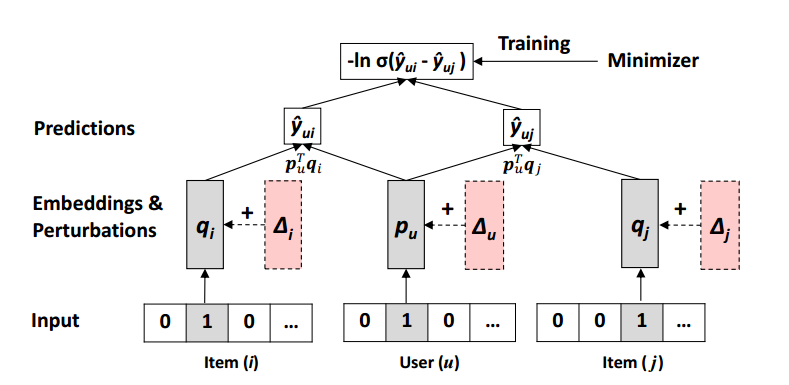论文心得。
把搜索分为三种类型:informational, navigational, transactional
The classifications of informational, navigational, and transactional represent the type of content estination the searcher desired as expressed by their query.
结论发现
Our findings show that more than 80% of Web queries are informational in nature, with about 10%
each being navigational and transactional.
each being navigational and transactional.
三种不同搜索的特点:
Navigational Searching
• queries containing company/business/organization/people
names
• queries containing domains suffixes
• queries with “web” as the source
• queries length (i.e., number of terms in query) less than 3
• searcher viewing the first search engine results page
Transactional Searching
• queries containing terms related to movies, songs, lyrics,
recipes, p_w_picpaths, humor, and porn
• queries with “obtaining” terms (e.g., lyrics, recipes, etc.)
• queries with “download” terms (e.g., download, software,
etc.)
• queries relating to p_w_picpath, audio, or video collections
• queries with “audio”, “p_w_picpaths”, or “video” as the source
• queries with “entertainment” terms (pictures, games, etc.)
• queries with “interact” terms (e.g., buy, chat, etc.)
• queries with movies, songs, lyrics, p_w_picpaths, and multimedia or
compression file extensions (jpeg, zip, etc.)
Informational Searching
• uses question words (i.e., “ways to,” “how to,” “what is”, etc.)
• queries with natural language terms
• queries containing informational terms (e.g., list, playlist, etc.)
• queries that were beyond the first query submitted
• queries where the searcher viewed multiple results pages
• queries length (i.e., number of terms in a query) greater than 2
• queries that do not meet criteria for navigational or
• queries containing company/business/organization/people
names
• queries containing domains suffixes
• queries with “web” as the source
• queries length (i.e., number of terms in query) less than 3
• searcher viewing the first search engine results page
Transactional Searching
• queries containing terms related to movies, songs, lyrics,
recipes, p_w_picpaths, humor, and porn
• queries with “obtaining” terms (e.g., lyrics, recipes, etc.)
• queries with “download” terms (e.g., download, software,
etc.)
• queries relating to p_w_picpath, audio, or video collections
• queries with “audio”, “p_w_picpaths”, or “video” as the source
• queries with “entertainment” terms (pictures, games, etc.)
• queries with “interact” terms (e.g., buy, chat, etc.)
• queries with movies, songs, lyrics, p_w_picpaths, and multimedia or
compression file extensions (jpeg, zip, etc.)
Informational Searching
• uses question words (i.e., “ways to,” “how to,” “what is”, etc.)
• queries with natural language terms
• queries containing informational terms (e.g., list, playlist, etc.)
• queries that were beyond the first query submitted
• queries where the searcher viewed multiple results pages
• queries length (i.e., number of terms in a query) greater than 2
• queries that do not meet criteria for navigational or
其实本文采用的方式还是手动的,过程是,随机选出一些query,然后手动地进行分类,总结每个分类的特点,然后再随机选query,用刚才总结的特点进行分类,再进行总结,如此往复迭代。






 京公网安备 11010802041100号
京公网安备 11010802041100号